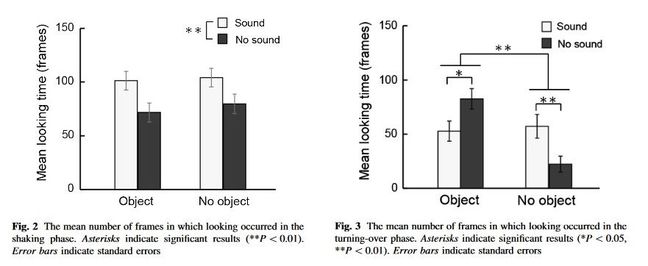This article is more than 1 year old
Cats understand the laws of physics, researchers claim
It's all about expectation violation
Using a plastic container, some magnets, three iron balls, two video cameras and 30 cats, researchers from Kyoto University have concluded that felines understand the laws of physics.
The research paper titled There's no ball without noise: cats' prediction of an object from noise was published in Animal Cognition.
Twenty-two cats from Japanese cat cafes and eight domestic cats were carried off to separate rooms to take part in an experiment which supposedly tested their abilities to understand gravity.
The researchers rattled a plastic container lined with an electromagnet. Inside was an object made from three iron balls. At the flick of a switch, the magnetic force of the magnets attracted the iron balls – restricting their movement – so the container made no noise when it was shaken.
When the researchers shook the container with the switch turned off, the iron balls rattled against the inside of the container. After the container was shaken, it was turned upside down to reveal the object inside.
The researchers proposed that the event where there was no sound and no object or a sound and an object "matched with physical laws." They called that a congruent condition. But the events where there was no sound but the appearance of the object, or sound but no object, defied physical laws and was called the incongruent condition.
The cats were required to sit and watch each event and their reactions were filmed with video cameras.
After analyzing each video, the researchers found that the furry creatures stared longer at the container when it made a noise, as they could predict that there was an object inside. But, they also stared at the container even if the events did not make sense to them – the incongruent condition.
"Cats use a causal-logical understanding of noise or sounds to predict the appearance of invisible objects," said Saho Takagi, lead author of the study.
In the paper, the researchers claimed: "This study may be viewed as evidence for cats having a rudimentary understanding of gravity."
For those who remain unconvinced that cats can understand physics, since they held their gaze on the container in both the congruent and incongruent condition, the researchers said: "It is not appropriate to directly compare these two conditions because the main effect of object would overshadow the effect of the expectancy violation. Thus, the absence of a difference between these two conditions does not weaken our main conclusion."
"Expectation violation" is a theory that analyzes how individuals respond when they are faced with unexpected events. The theory was proposed in the late seventies by Judee Burgoon, professor of Communication, Family Studies and Human Development at the University of Arizona.
Unfortunately, the conclusions of this study cannot be compared with other findings since there has been "no study specifically testing knowledge of this fundamental physical rule in cats."
The ability for cats to predict where objects are fits in with their hunting style, Takagi explained. In the future, he hopes to devise another test to examine if cats can extract information such as the size or identity of an object from the sounds they hear. ®

Cat listening to gravity
Bootnote
Your correspondent suspects that felines may not understand gravity particularly well. Or if they do, this study is not a great way of proving the link between the ability to predict the location of objects by sound and the ability to understand gravity. It also relies on the shaky grounds of the expectation violation theory being true – which has not been proved.
Thirty cats participated in the experiment and none were harmed.

